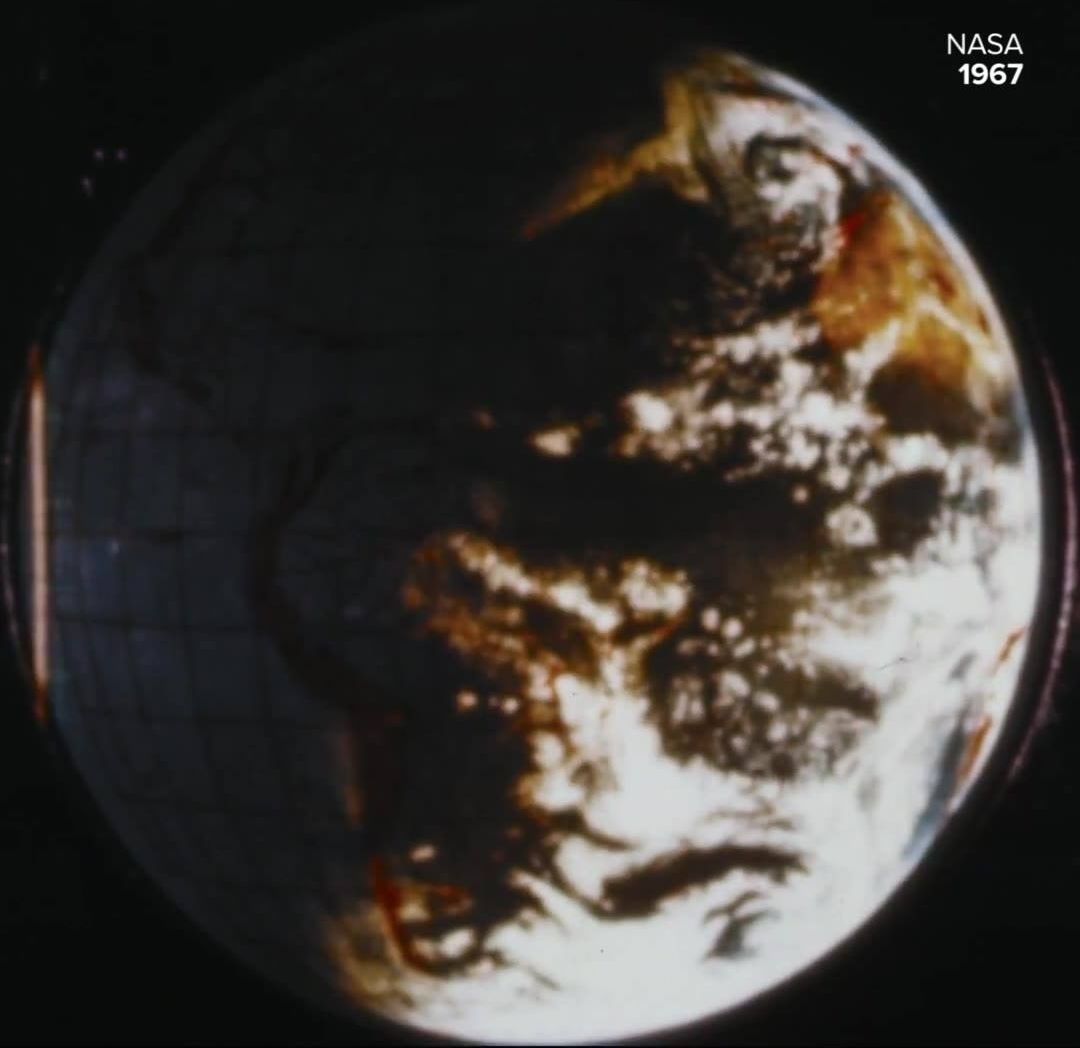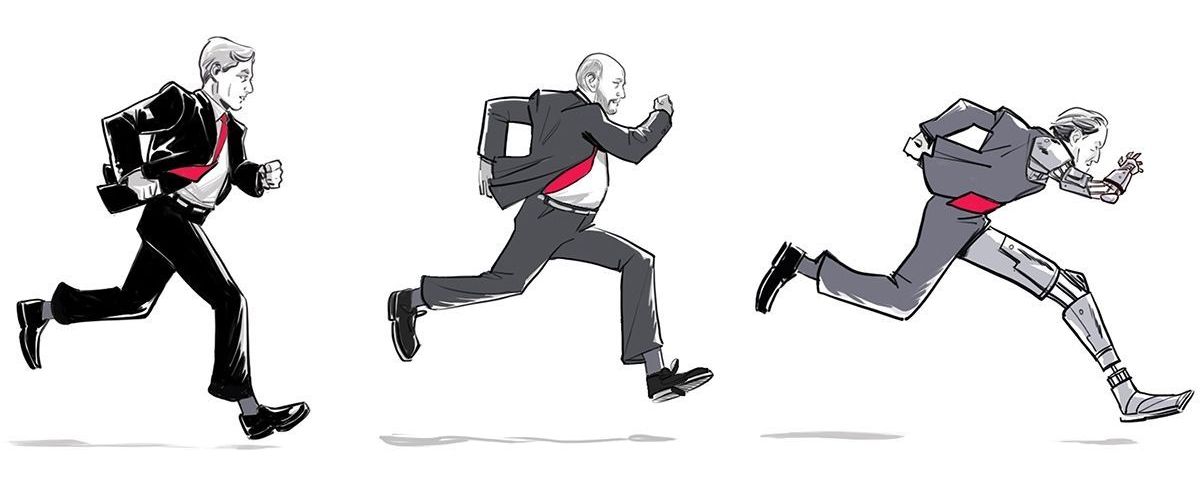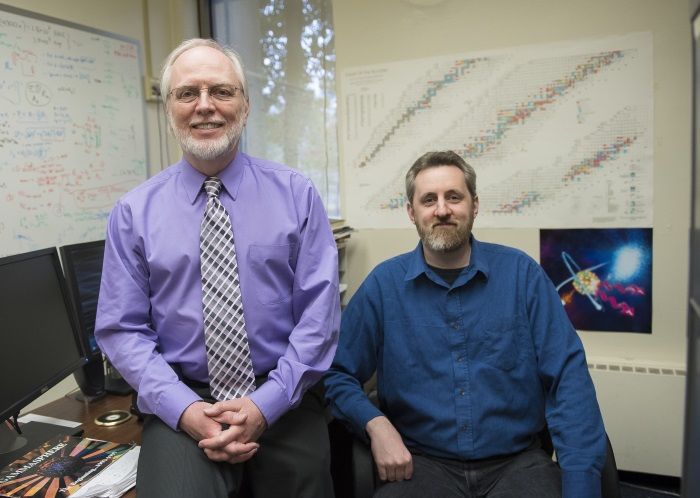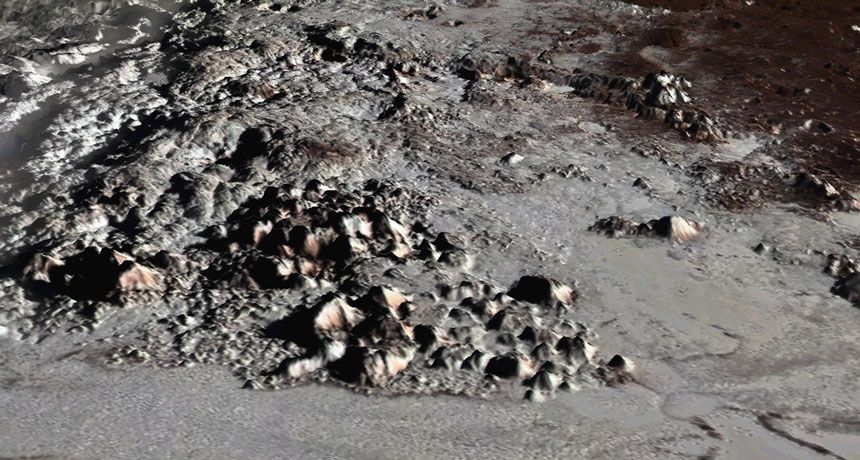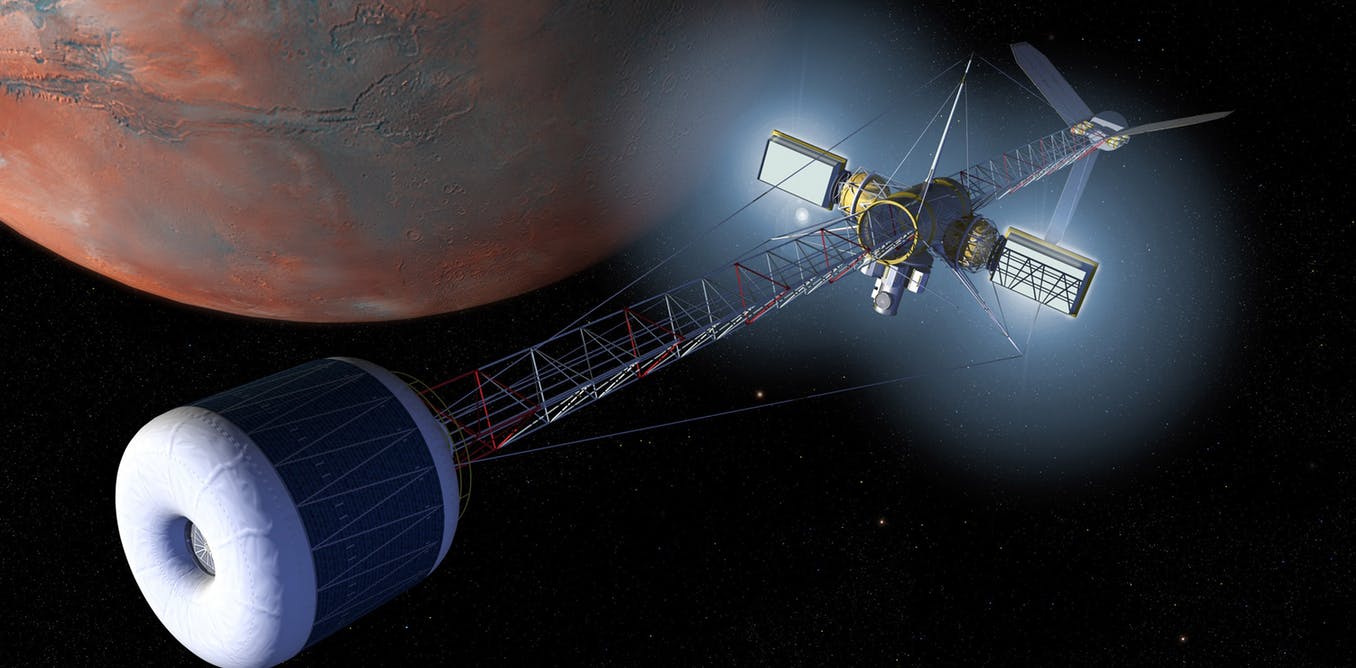Jul 14, 2018
The AI revolution has spawned a new chips arms race
Posted by Klaus Baldauf in category: robotics/AI
There’s no x86 in the AI chip market yet—” People see a gold rush; there’s no doubt.”
A lot has changed since 1918. But whether it’s a literal (like the City of London School athletics’ U12 event) or figurative (AI chip development) race, participants still very much want to win.
For years, the semiconductor world seemed to have settled into a quiet balance: Intel vanquished virtually all of the RISC processors in the server world, save IBM’s POWER line. Elsewhere AMD had self-destructed, making it pretty much an x86 world. And Nvidia, a late starter in the GPU space, previously mowed down all of it many competitors in the 1990s. Suddenly only ATI, now a part of AMD, remained. It boasted just half of Nvidia’s prior market share.
Continue reading “The AI revolution has spawned a new chips arms race” »




